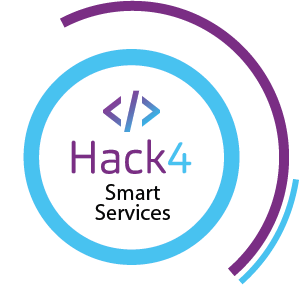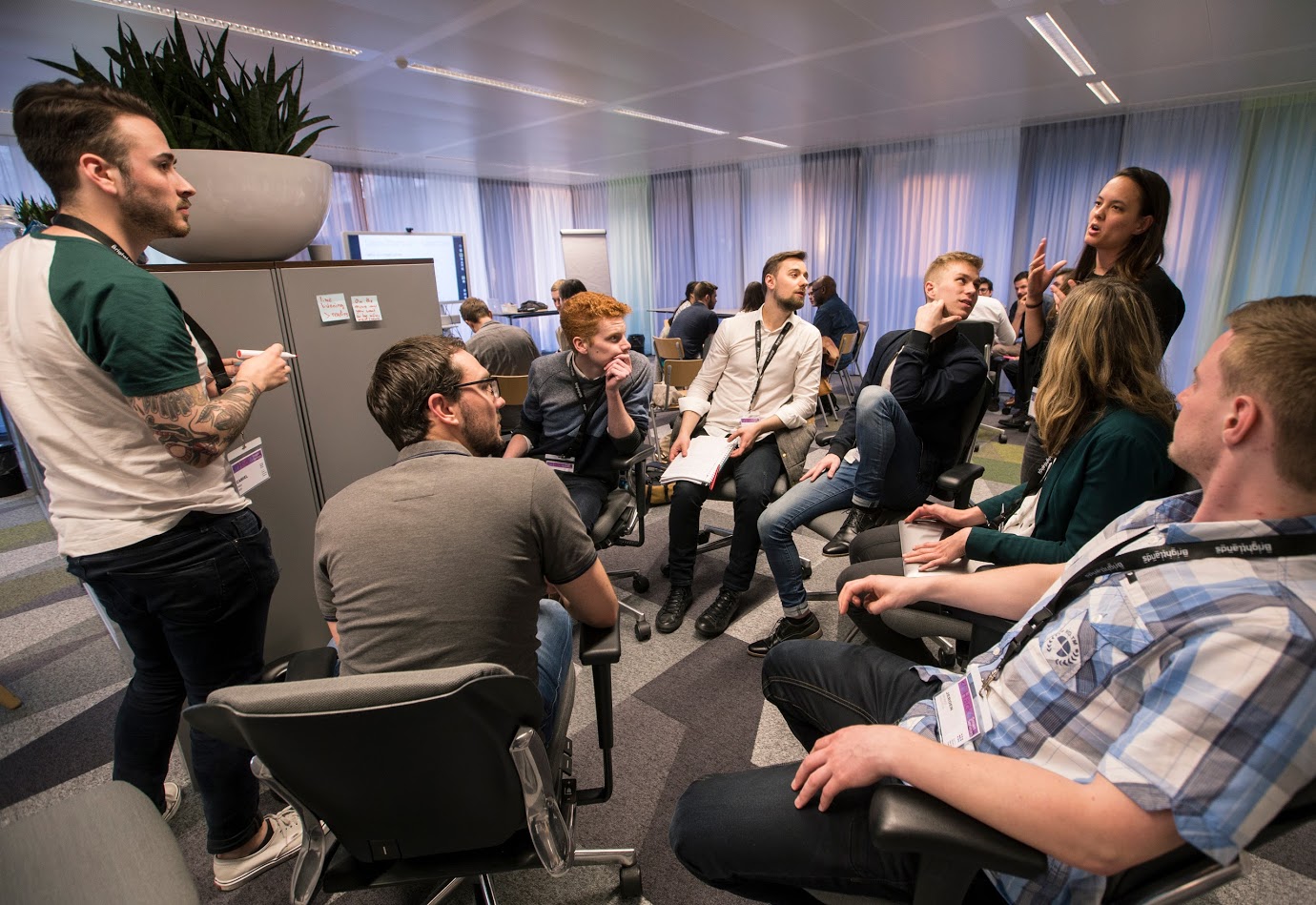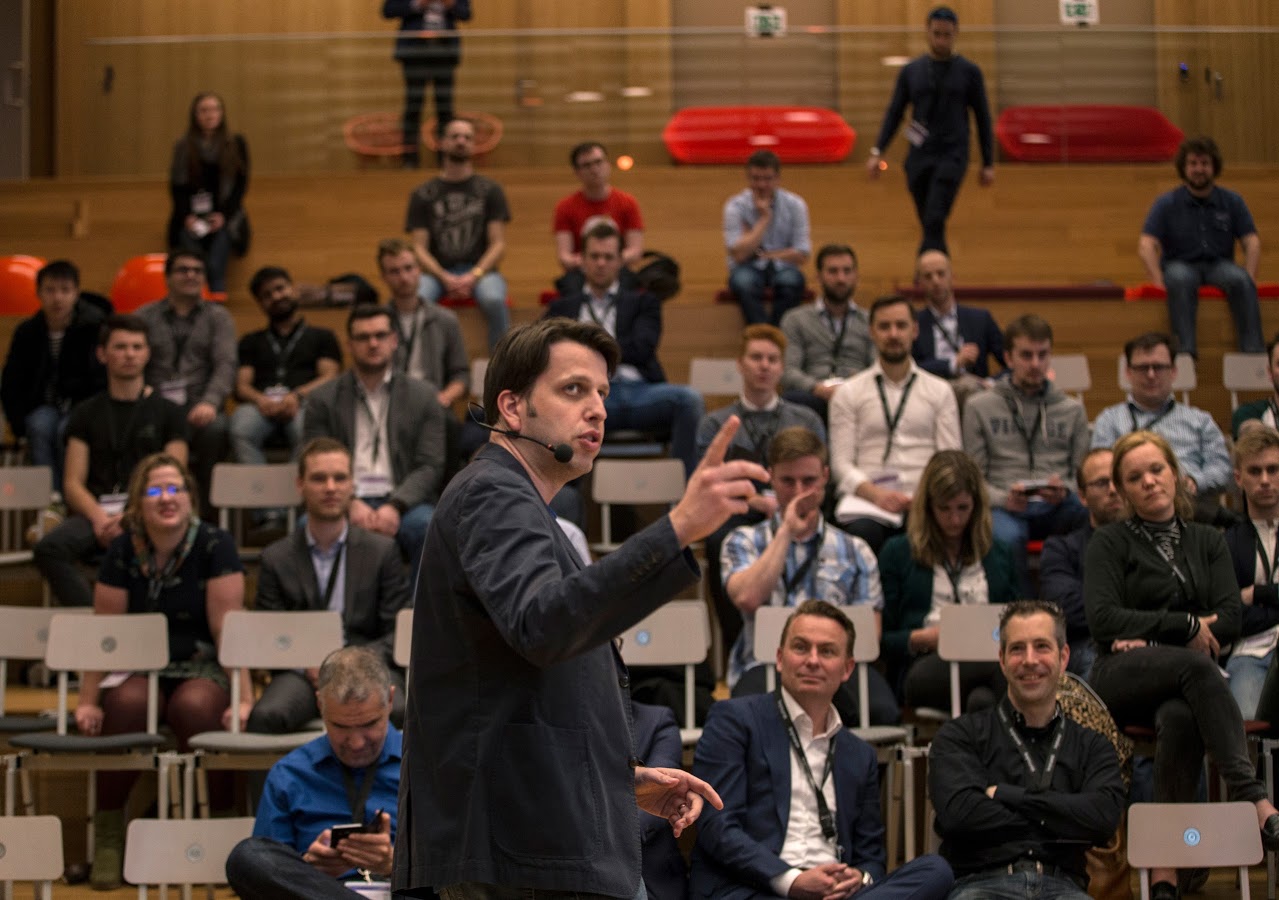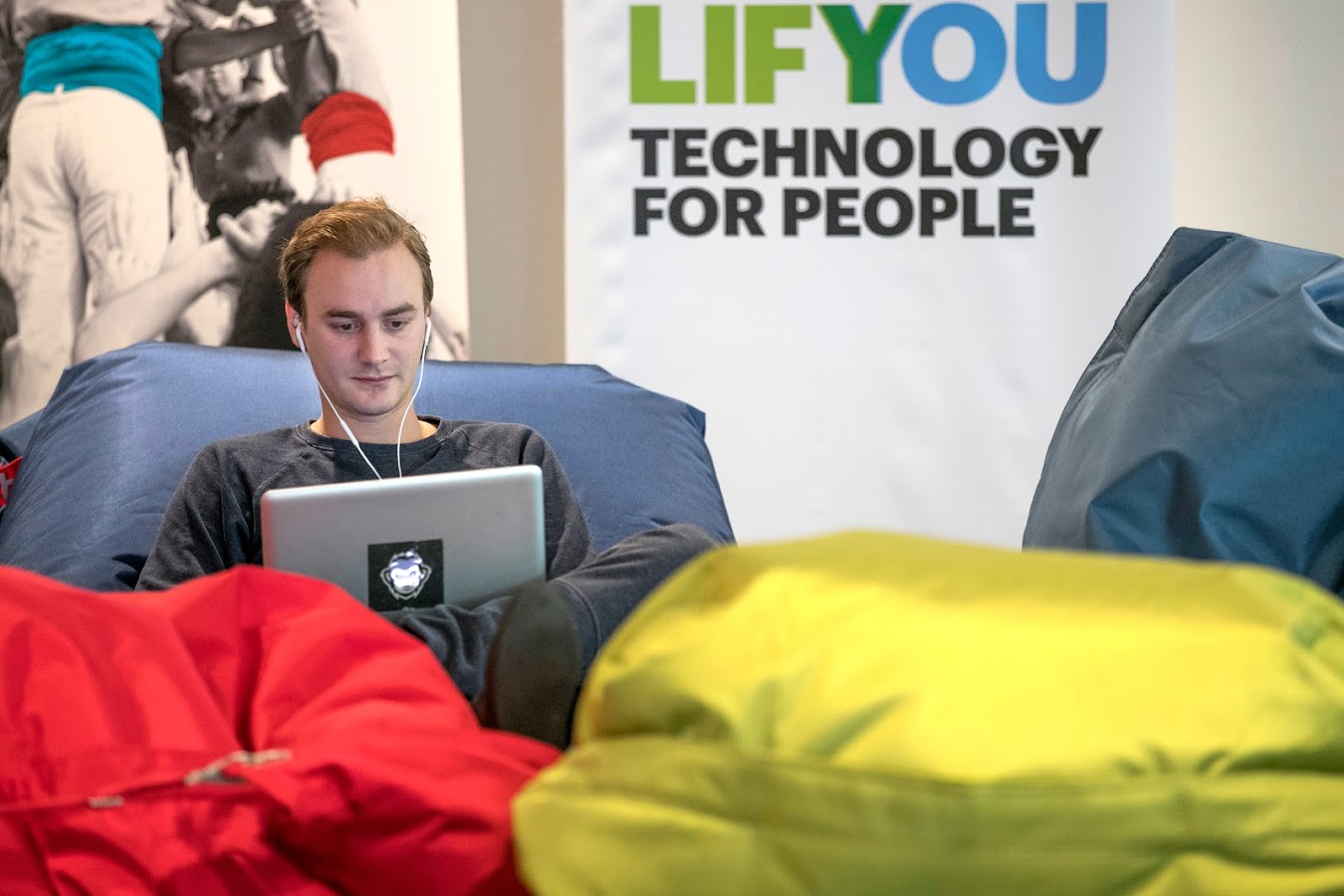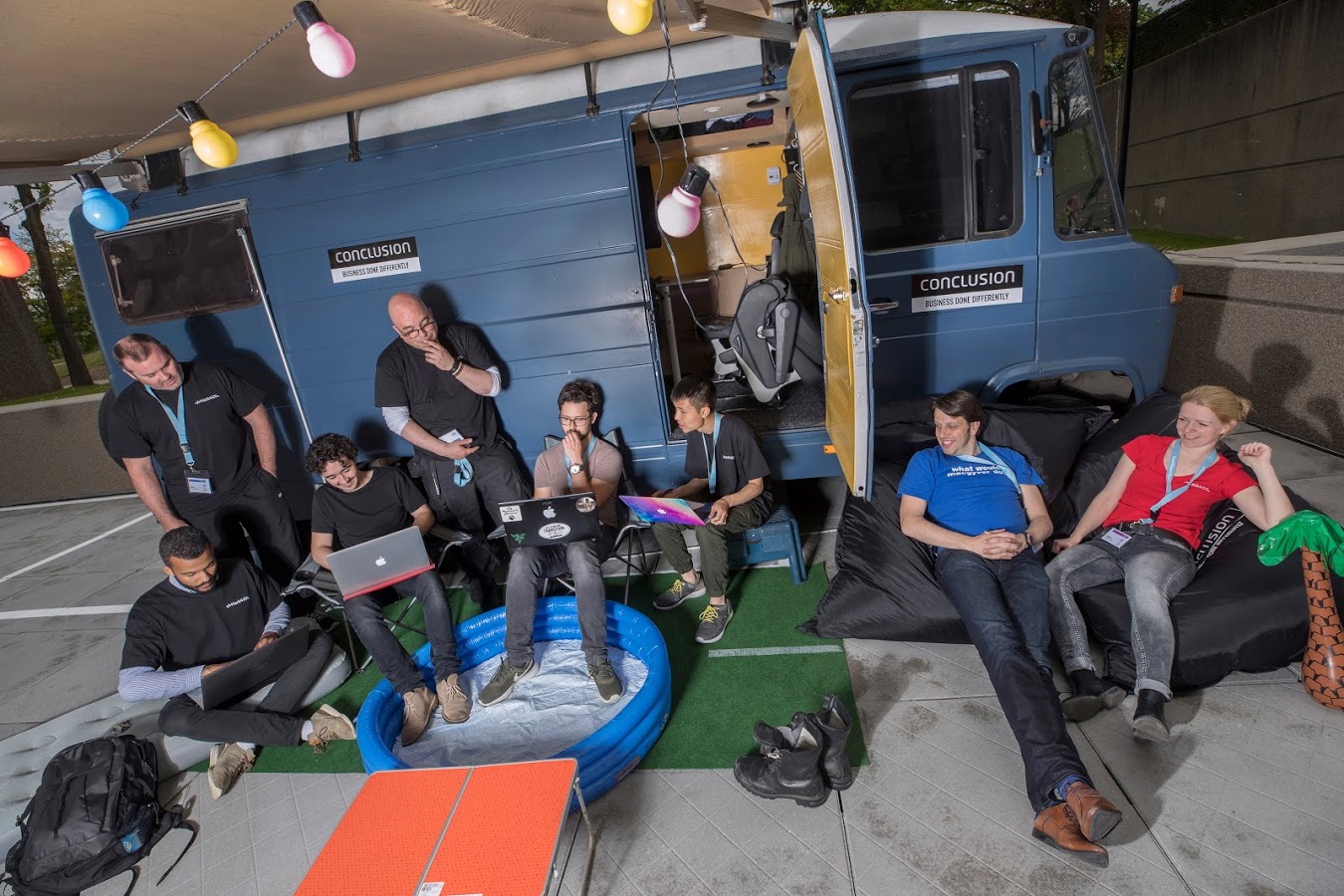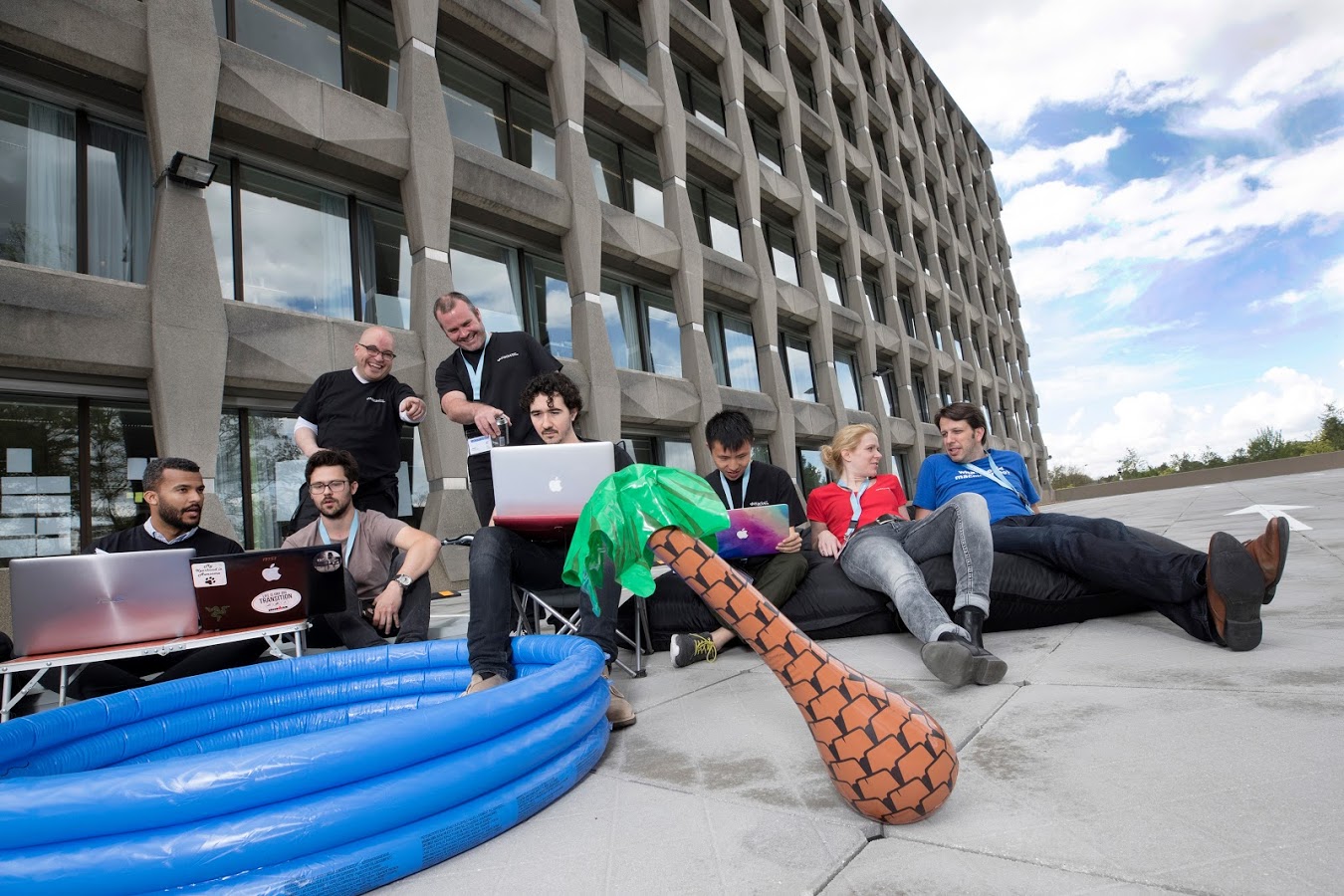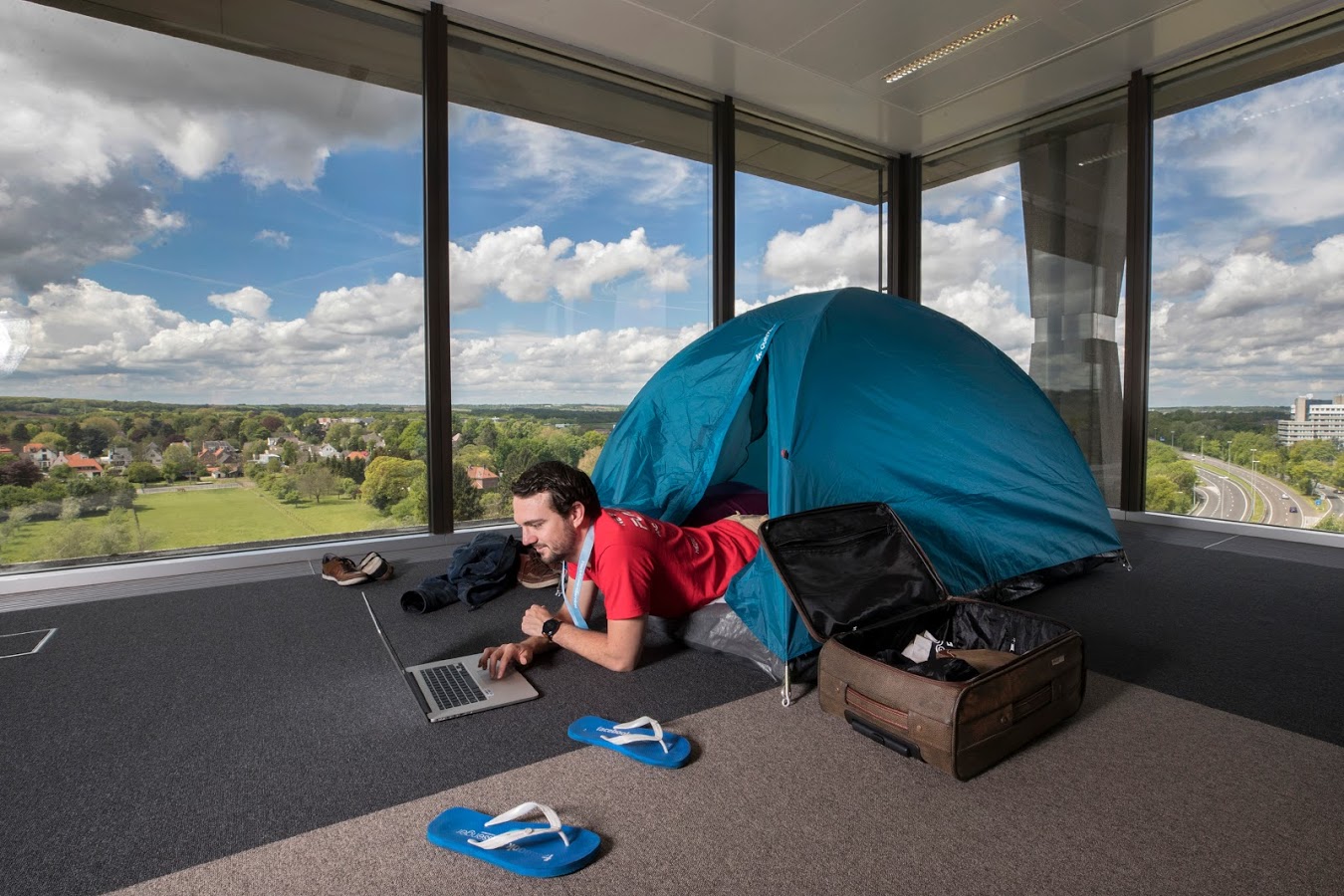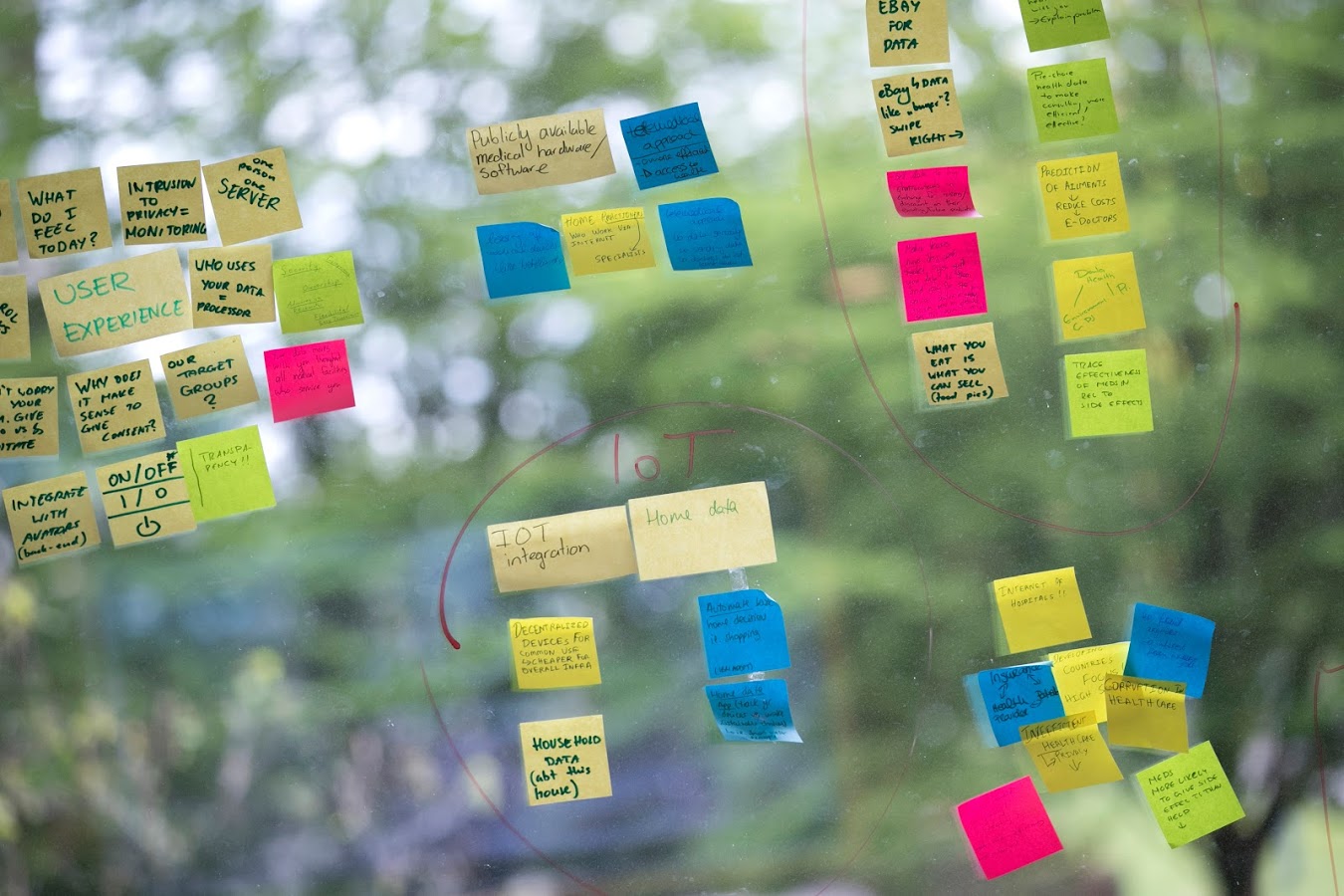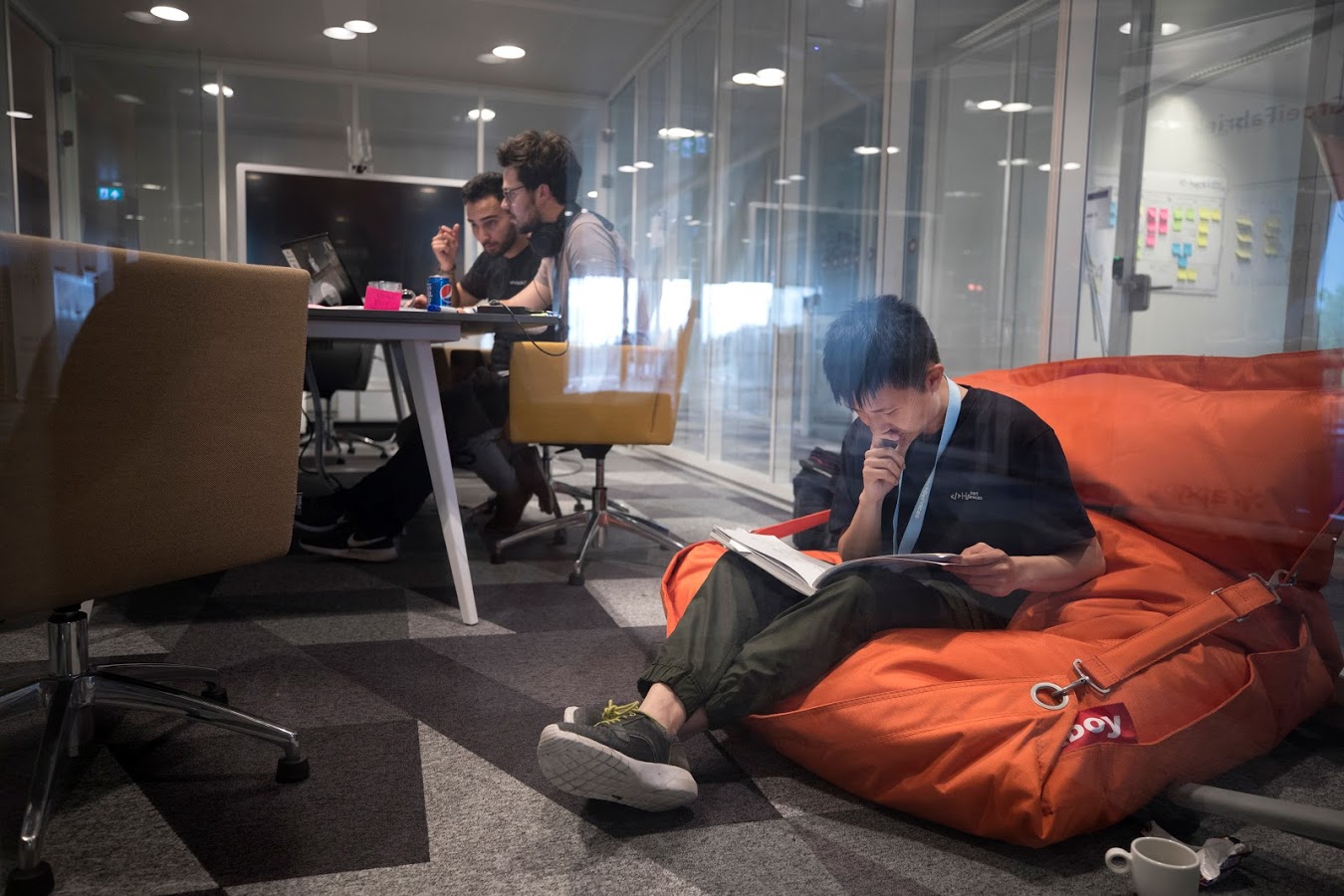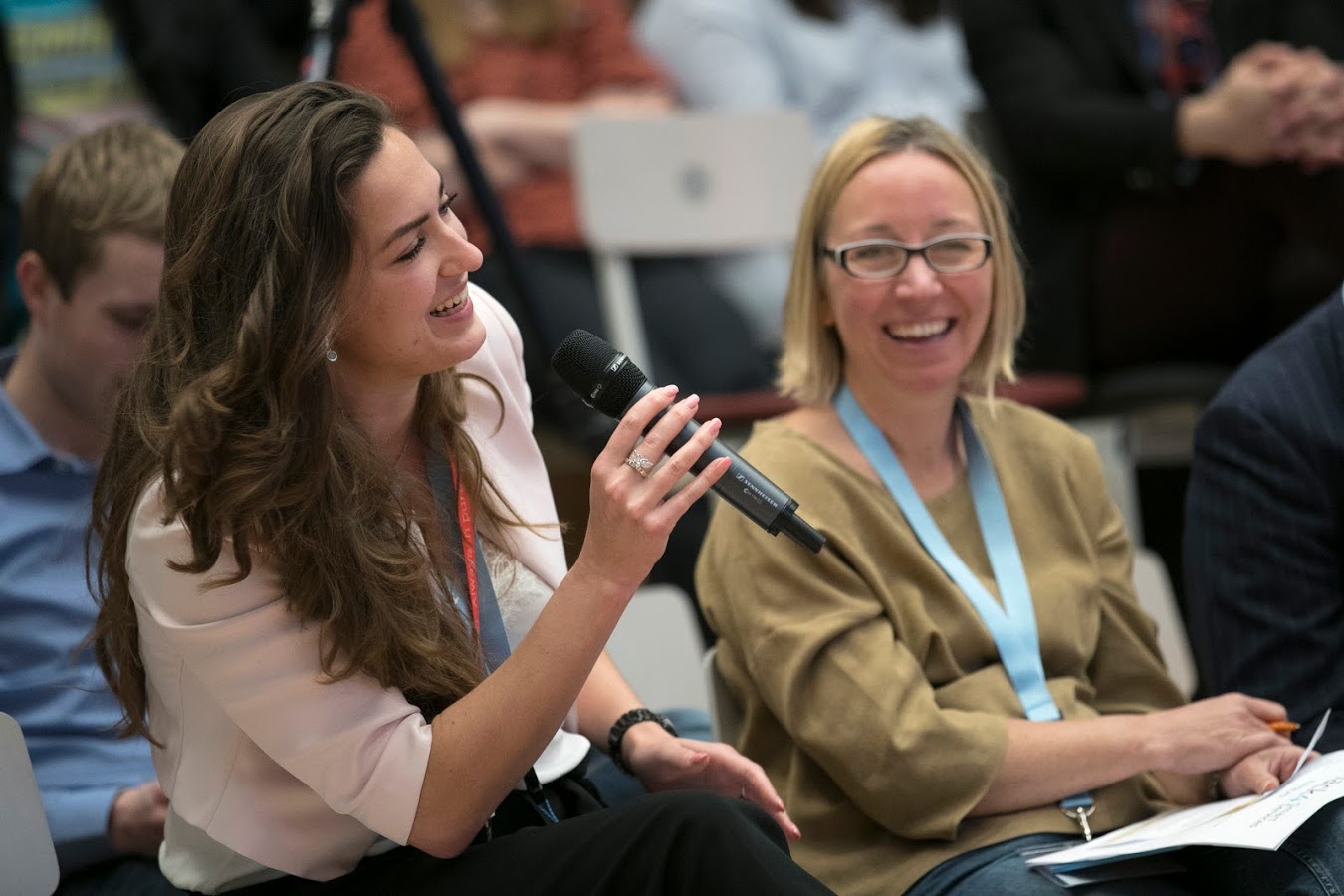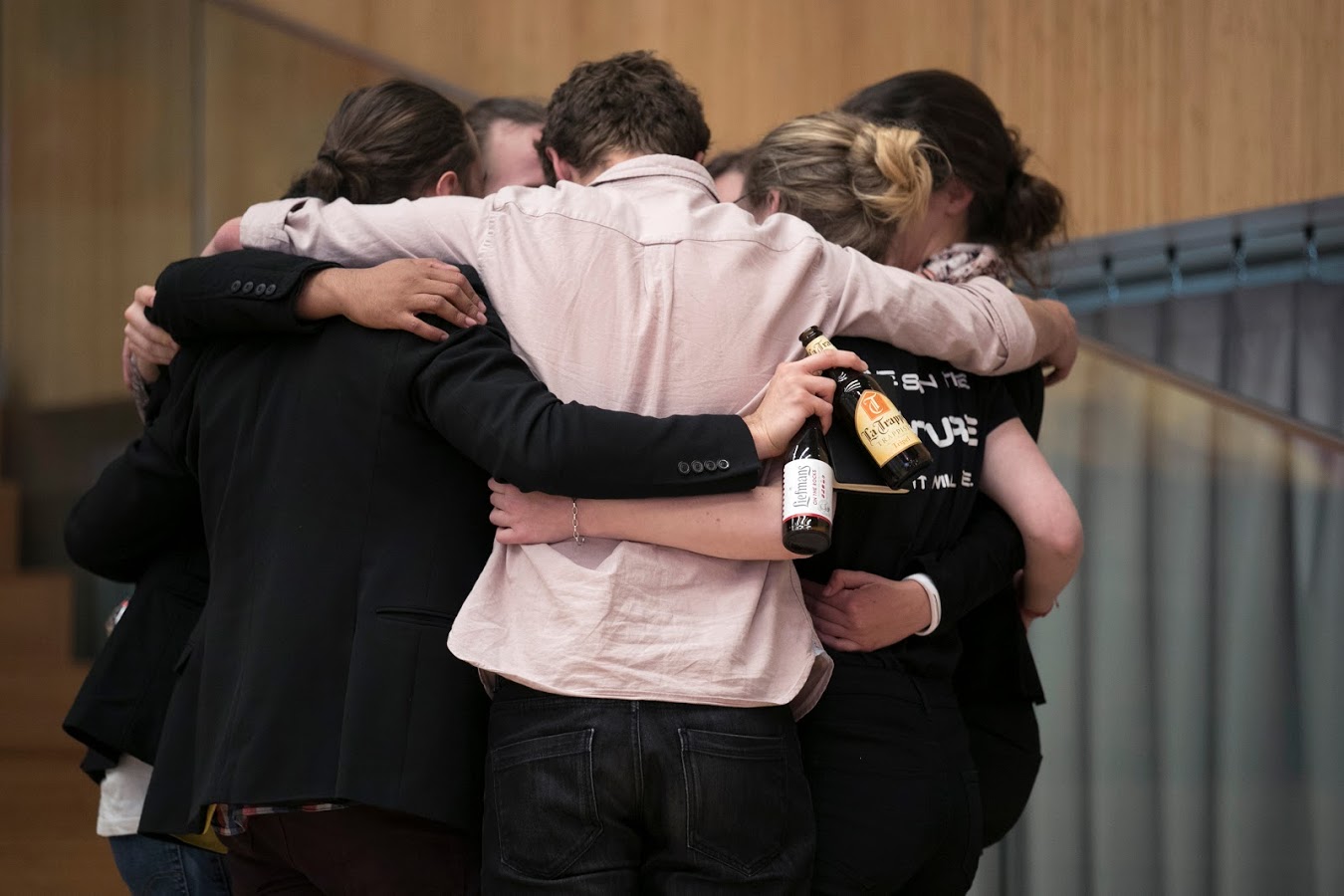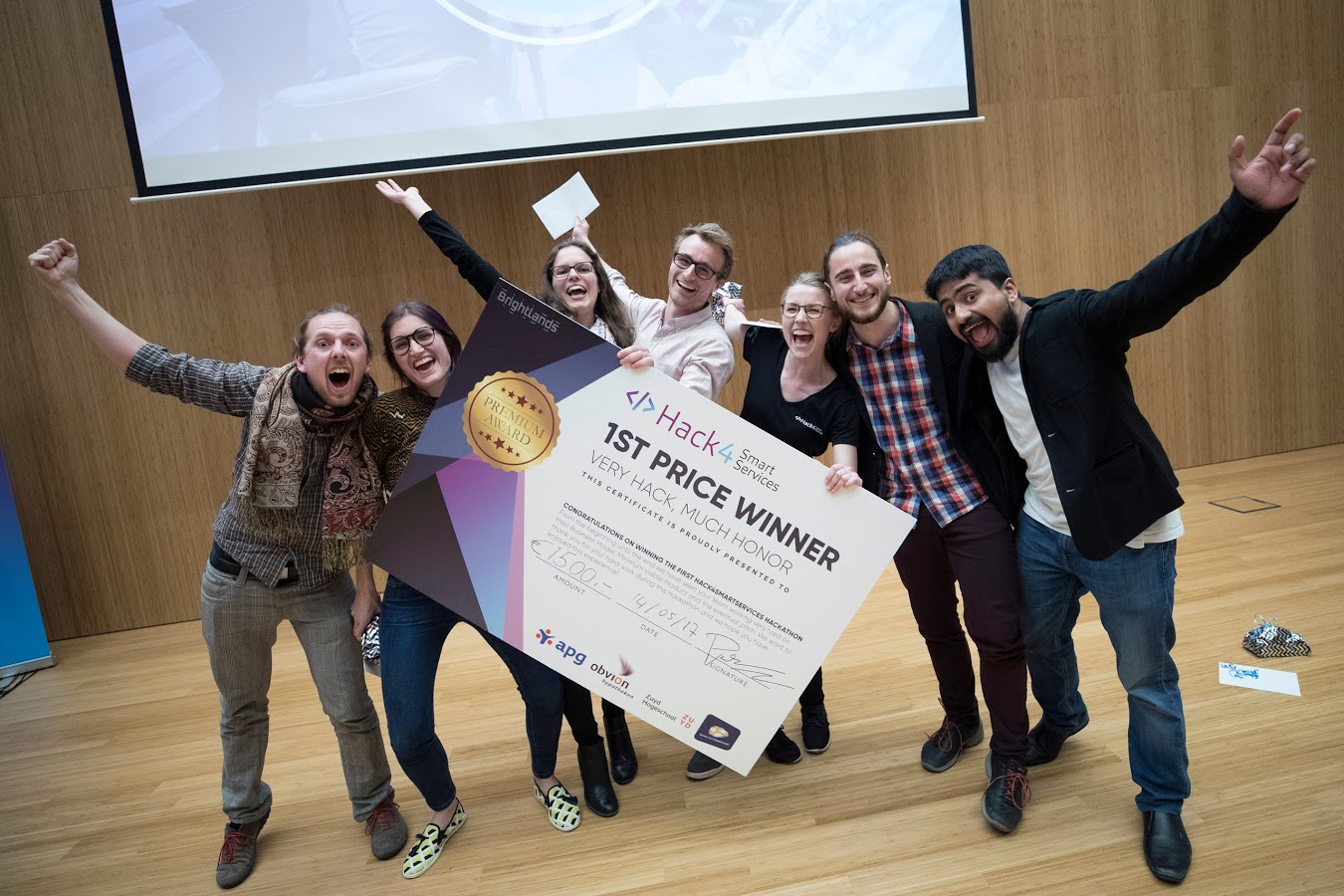
And the winners are
First Prize
Second Prize
Third Prize
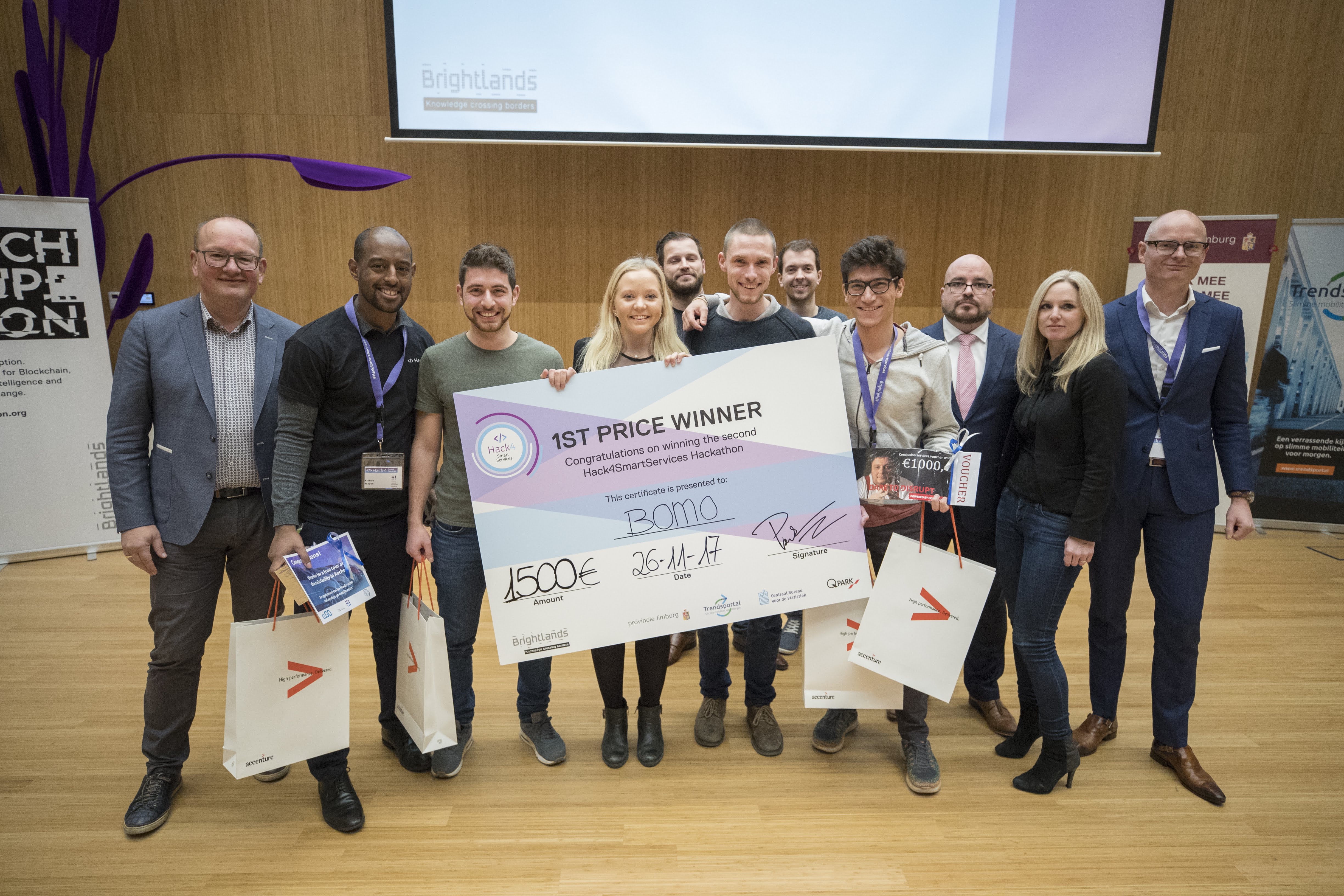
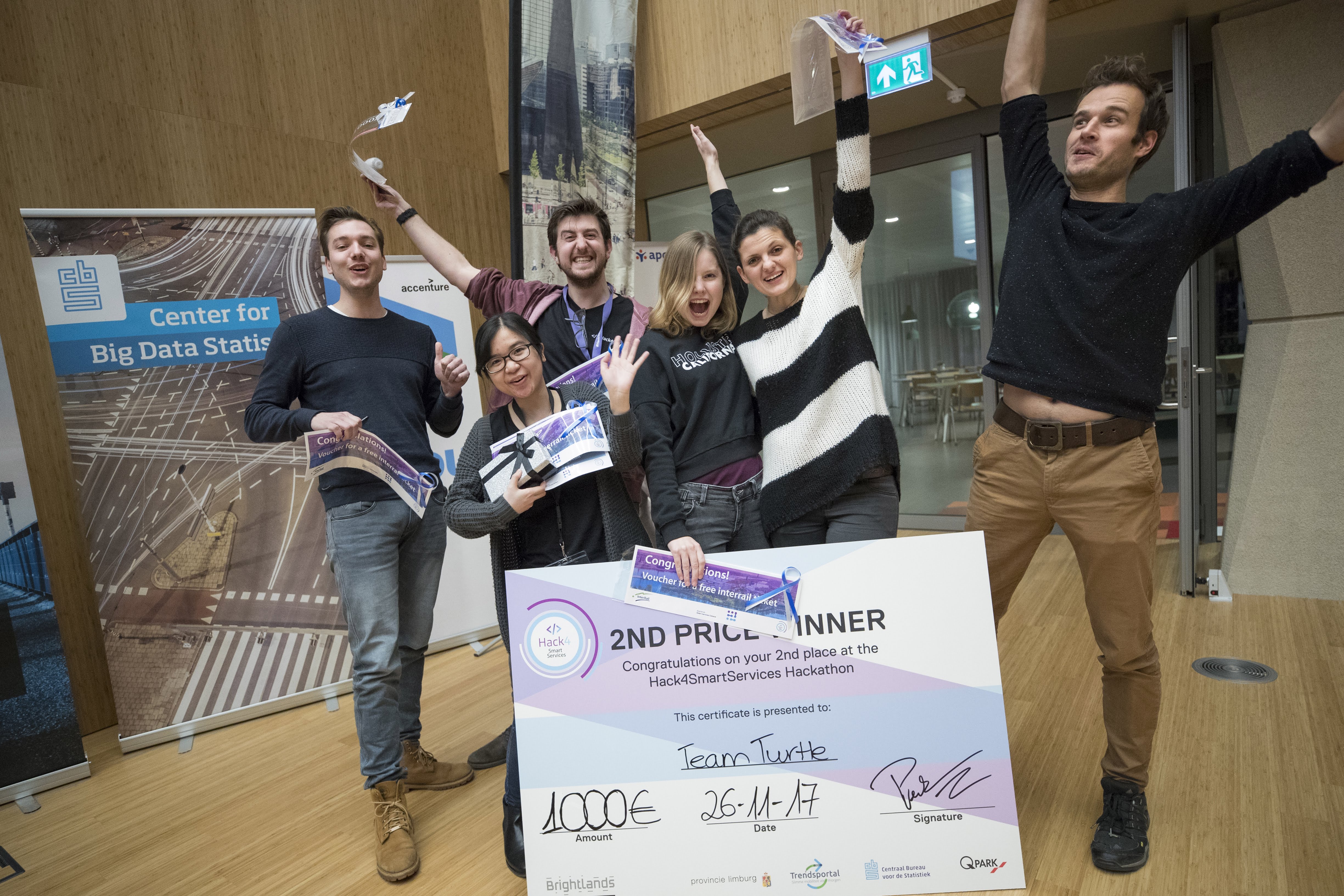
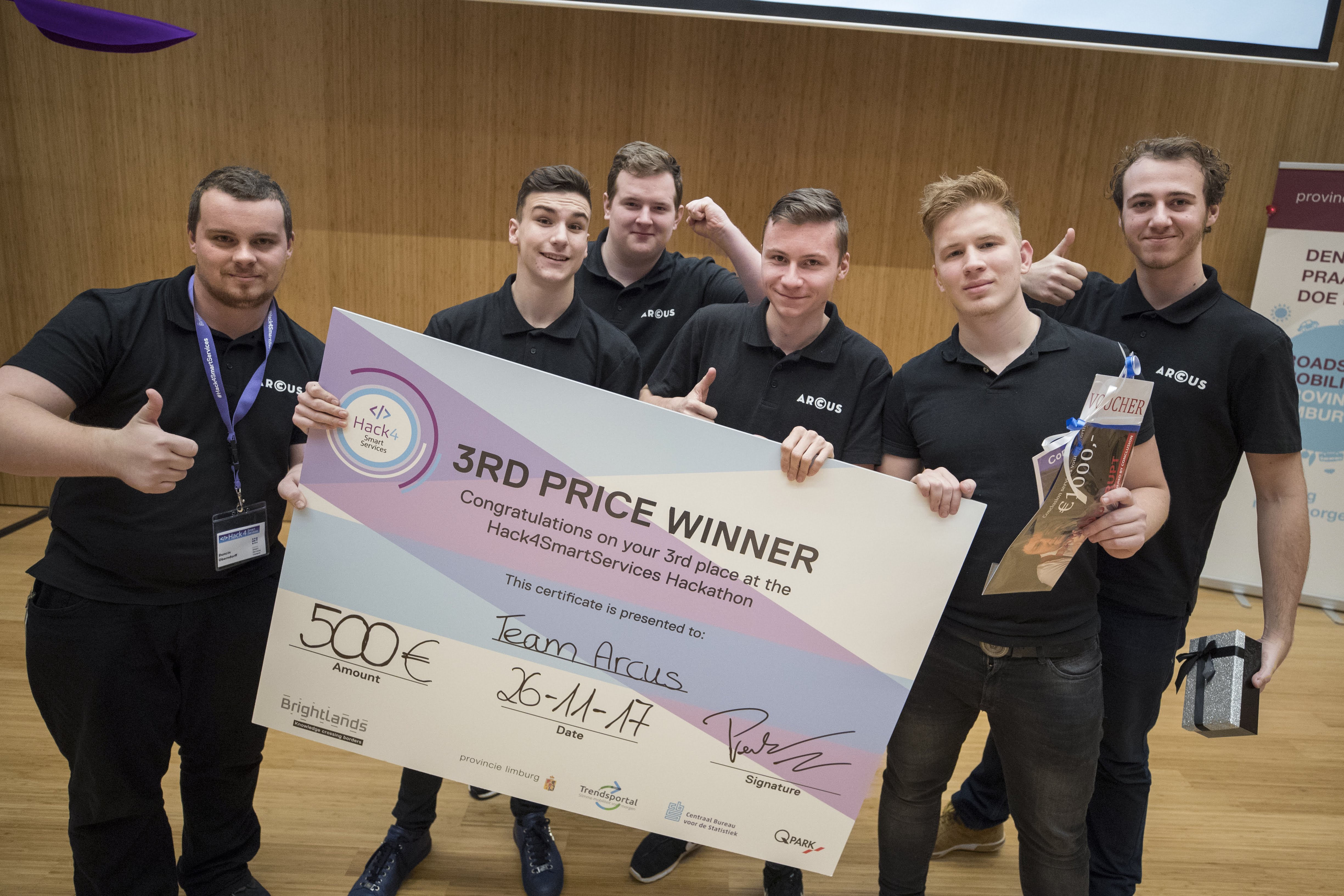
Challenges Mobility as a Service
Provincie Limburg Challenge
Mobility system of the future
Challenge: What will our mobility system look like in the future?Both the world and our mobility are changing, and with this comes a change in our modes of transportation, our needs of transportation, as well as the relation between them. Because Limburg has its own unique position in the Netherlands, the Euregion and in Europe, we are looking for answers to the question: What will our mobility system look like in the future?
Although this implies finding a vision for the future of mobility in Limburg, the main focus of your solution should be on how to get from A to B in a Dutch area (Limburg) by leveraging its unique geographical location: the Euregio. The cross-border networks should be especially considered. What networks and background systems are needed to balance the demand and supply?
Trendsportal Challenge
Infrastructure future proof
Challenge: Find a solution that will help how we (re)organize our infrastructure and network systems for all our different kind of needs?Our world is changing. We travel on demand and in a more efficient way. The vehicles we will be using are preferably not ours. We want to pay for a service when we need it. Because we care for a sustainable world. At least, that’s what forecasts tell us.
But what do we need to do now, to keep 2040’s infrastructure in Limburg accessible? Do we need to adapt current roads, airports, railways and waterways, to facilitate our needs now and in the future? Or do we want to separate them from existing facilities and build from scratch?
Thinking of that we need to keep in mind that there will be new mobility features, like drones, speed-pedelecs and hyperloops. Besides that our community ages; in 2040 over 50% of the total population in Limburg is over 60 years old. The question now is: how do we (re)organize our infrastructure, and network systems for all these different kind of needs?
The focus of your solution should take into account the modes of transport. Both now and those of the future.
CBS Challenge
Personal Mobility of the future
As humans, motives are what drives us to move from point A to point B, and to get to our destinations we use different forms of modaltities―foot, car, bike, or public transport. These modalities all have specific characteristics regarding safety, capacity, environmental impact and accessibility, and by learning how these characteristics affect the needs or motives for personal mobility would allow us to make more precise estimates on the impact these have on mobility infrastructure.
On a larger scale, more exact estimates will enable us to make changes in policy, economic changes and population characteristics.
- How can we make use of publicly available data on basis services (hospitals, shopping areas, entertainment areas) and population characteristics to create origin destination matrices?
- Can we establish some basic assumptions on how often people use these services and what their preferred mode of transport would be?
- Is it possible to utilize these matrices and models to establish the pressure put on the transportation infrastructure on a daily basis?
Our challenge for you: Find a solution that is able to predict crowd behavior using public transportation data and make use of those predictions in one way or another.
To create this predictive algorithm, you will need to use data from any public area such as hospitals, malls, transport, etc. and cross it with external data such as weather, traffic, vacations, sports events, etc.
The final objective will be to be able to anticipate traffic growth in public transportation.
Q-Park Challenge
Cars as a service
Challenge: Find a solution for parking (demands, locations, etc) which will be feasible in the full-grown MaaS concept.In the MaaS (Mobility as a Service) concept, transport will be customized according to the needs of the individual traveller, thus changing 3 key components: time, money and convenience, ultimately influencing our decisions on how to travel. With MaaS, the last mile will be easier to overcome, cost of ‘shared’ transport is expected to drop dramatically and the transport chain will gain time due to seamless exchange between different transport modes and less traffic congestion.
How will this impact the use of cars? Will everybody turn to car sharing or will there still be individual car ownership. And what will be the ratio between sharing, individual rides and even individual ownership? Knowing the answer to the last question, can we estimate the potential impact on parking demand, parking locations and parking layouts? We challenge you to the present us with a business model for parking which will be feasible in the full-grown MaaS concept.
Information
WELCOME TO HACK4SMARTSERVICES
It shouldn’t be a surprise when we say the world is changing fast. Digitization is becoming the core of all new and existing businesses. The reason for it is deeply rooted in the way we operate as human beings. We’re used to changing technologies, but when technology is changing so fast and deeply as it does today, it does not only change the game, it changes the rules of the game. Many businesses see business models they held on to for years, being challenged. On the other hand, technology provides so many new opportunities as well. If only you could grasp both the technology as well as the business model. If only, you could design the way the future would look like… If only, you could challenge yourself to become a part of that very future… If only…
WHAT IS IT ABOUT?
During the hackathon you will tackle one of the challenges above, using technology. In a small team of 4-6 people, you come up with a solution and work out a proof-of-concept and business plan. Throughout the weekend coaches will help you with different aspects: how to use smart technology, set up experiments, analyze data and build algorithms, write software, make a business case and pitch your idea.
WHO SHOULD PARTICIPATE?
If you have an entrepreneurial spirit and/or a passion for technology, we would love to have you on board. We want to bring together people with different backgrounds: data scientists, engineers, software coders, user experience experts, marketeers, business people, investors … We are looking for students as well as professionals. You can register as a team or as an individual. In the latter case, we will link you with other participants that have complementary skills, so you form a great team.
WHY SHOULD YOU PARTICIPATE?
You will discover new technology and meet a lot of people. You will learn how you can transform an idea into a real product. The best teams will be supported after the hackathon and might kick off their own tech start-up. And most of all, there are great prizes up for grabs!
Location
BRIGHTLANDS SMART SERVICES CAMPUS
Brightlands Smart Services Campus is a revolutionary institute consisting of brilliant researchers and educators, innovative entrepreneurs, and companies leading the field in human resource management and smart services. Together they will comprise one of the world’s leading locations for smart services. It offers the latest R&D and knowledge infrastructures, on-campus education, science-oriented business support, and business development services. Brightlands Smart Services Campus combines a scientific and business ecosystem with labs that merge innovation and expertise—all in a single strategic location. This makes it a unique place where innovative startups and existing corporations, forward-thinking knowledge institutes, brilliant researchers, students, and visionary investors can work together.
Schedule & Roadmap
| Time | Program Hackathon Day 1 (Friday Nov 24) |
|---|---|
| 18h00 | Reception |
| 18h30 | Dinner |
| 19h30 | Pep-rally & Overview of Challenges |
| 20h00 | Idea Generation |
| 20h15 | Idea Pitching |
| 21h00 | Idea Voting |
| 21h15 | Team Formation |
| 21h45 | Start 2 Hack – Sprint 1: The Idea |
| 00h00 | Close of Day 1 |
| Time | Program Hackathon Day 2 (Saturday Nov 25) |
|---|---|
| 08h00 | Breakfast |
| 08h30 | Hacking Time – Sprint 1: The Idea |
| 11h00 | End of Sprint 1 & Introduction Sprint 2 |
| 11h30 | Hacking Time – Sprint 2: Workshop |
| 12h30 | Lunch |
| 13h30 | Hacking Time – Sprint 2: Build |
| 15h30 | Workshop | 18h00 | Dinner | 19h00 | Hacking Time – Sprint 2: Build | 00h00 | Close of Day 2 (Coaches available until 20h00) |
| Time | Program Hackathon Day 3 (Sunday Nov 26) |
|---|---|
| 08h00 | Breakfast |
| 08h30 | Hacking Time – Sprint 2: Build |
| 10h00 | Workshop |
| 11h00 | End of Sprint 2 & Introduction Sprint 3 |
| 11h30 | Hacking Time – Sprint 3: Pitch |
| 12h30 | Lunch |
| 13h30 | Last Stretch – Sprint 3: Pitch | 15h00 | No Stick No Pitch | 15h30 | Pitching | 17h30 | Jury Deliberation | 18h00 | Winner Announcement & Celebration | 18h30 | Closing Drinks |
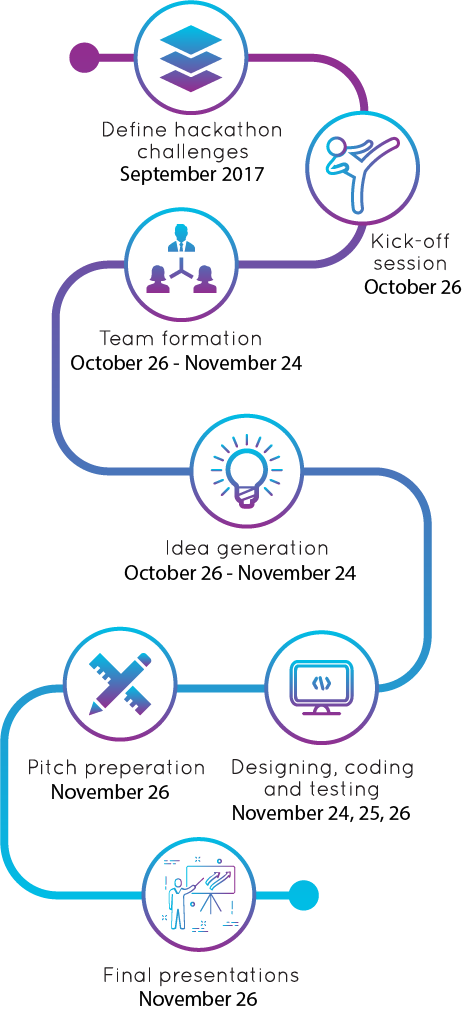
Partners
Organised by
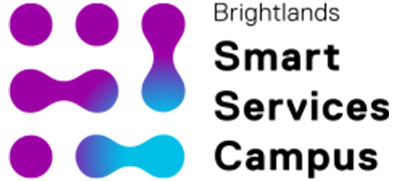
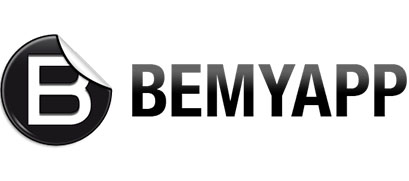

Track Sponsors
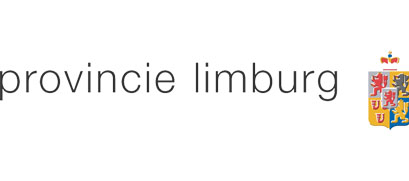
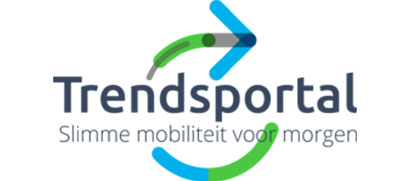
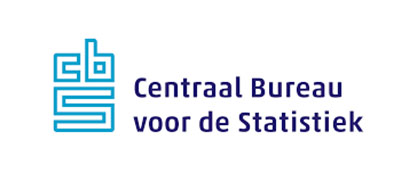

Main sponsors
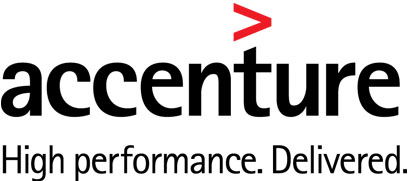
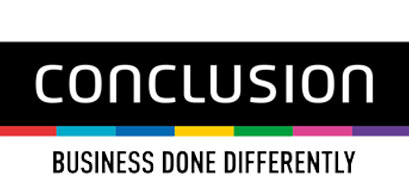
Other sponsors
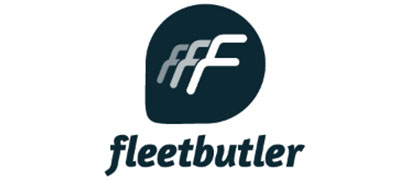


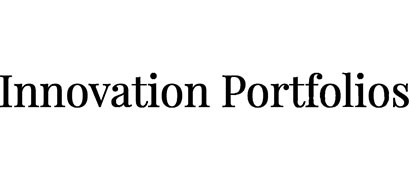

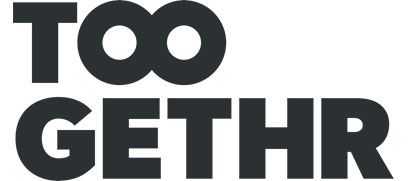
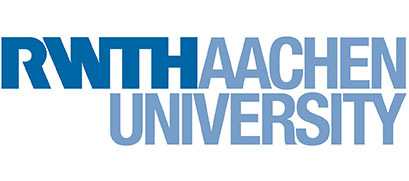
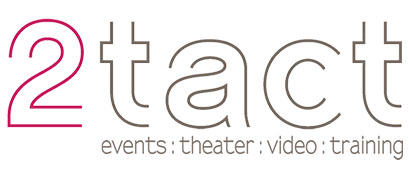
Prizes
First prize
Second prize
Third prize
Additional prizes
5x
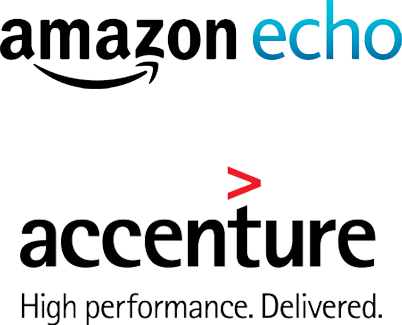
3x

Registration
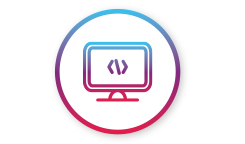
Hackathon
Includes breakfasts, lunches, dinners, awards reception.
Free stay at the Brightlands Smart Services Campus from the beginning until the end of the hackathon for all participants.
We are working on the full schedule/timetable. This will be posted as soon as we have it ready.
You can still participate in the hackathon event, if you did not attend the inspirational event.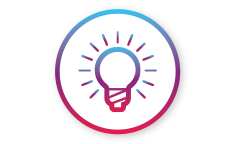
Final pitches
If you're not able to join the whole hackathon, you can still swing by on the last day to see the pitches of the hackers.
The hackers will pitch their projects to a jury who will then decide who wins the Hack4SmartServices hackathon.
Aftwards there will be drinks and the opportunity to discuss ideas and network with other hackers/attendees.
